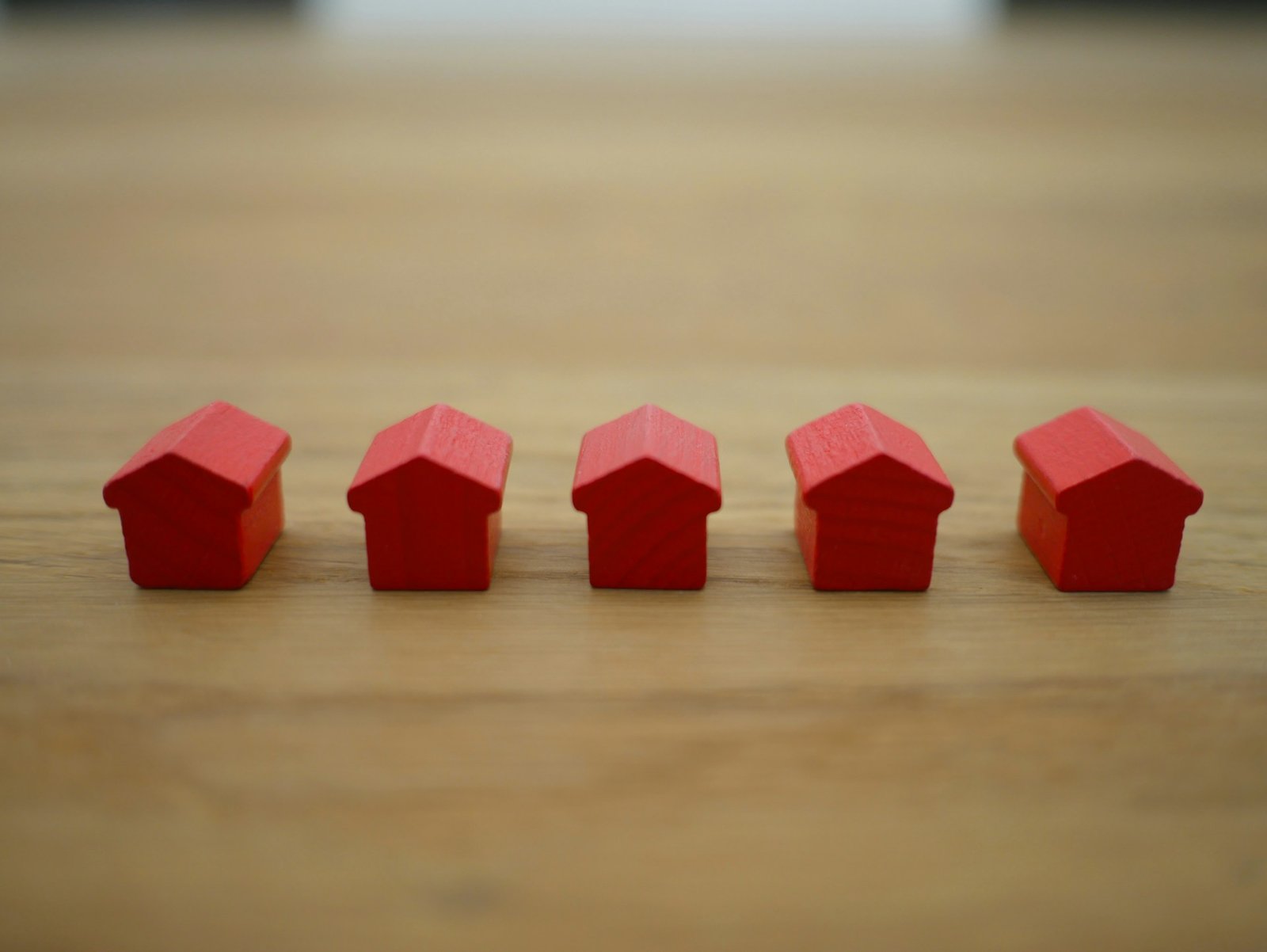Home insurance serves as one of the most important components of homeownership as it offers a safety net for potential losses from various unexpected events. Nonetheless, the price of home insurance greatly varies between households. With this in mind, many homeowners may try to understand how the premiums are calculated and consider what they could potentially do to ensure the best rate. Overall, the paper will provide a deeper look into the factors that influence home insurance premiums and discuss the solutions to ensure minimum costing, yet adequate coverage.
Understanding Home Insurance Premiums
Home insurance premiums are influenced by many factors, each of which contributes to the final bill. Among these factors:
location:
The location of your residence is a critical factor in determining insurance costs. Homes situated in areas prone to natural disasters like floods, hurricanes or earthquakes naturally have higher premiums. In contrast, homes located near fire stations–or in places that have a low crime rate–can often expect to benefit from correspondingly lower rates.
Home value and replacement cost:
Insurers take into account the value of your home and its estimated cost should it ever have to be rebuilt from scratch. High-cost plans for custom homes or homes with expensive materials will logically draw higher premiums.
Age and condition of the property:
Older houses, particularly ones with archaic electrical systems or antiquated plumbing, are perceived as high risks to insurers. Regularly updating and maintaining everything will help keep your premiums lower.
Amount of Deductible:
By picking a higher deductible, one may lower their monthly premium. However, it is necessary to select a deductible that can be comfortably handled in the event of a claim.
Credit score:
In many states, insurers use credit scores as a risk indicator. When the score is higher, lower premiums are typically paid.
Strategies for Securing the Best Rates
There are several ways to reduce insurance prices. While there are some factors that the cost of your home insurance depends on and which cannot be influenced, there are several strategies to secure better rates:
Shop around: do not agree to the first quote, as prices and conditions may vary significantly from one company to another;
Bundle policies: most insurers offer to bundle your home insurance with another policy, such as auto insurance, which can result in discounts;
Improve your home security: simply installing a security system in your house will already reduce the insurance’s price. The same applies to smoke detectors and other safety devices;
Review your coverage once a year as in addition to home reference the amount of your coverage and your things are also to be estimated. Sometimes people pay for things they do not own anymore;
Ask the insurer about any available discounts as there might be a discount for being a non-smoker, a senior citizen and the like.
Conclusion
It can be seen that the true cost of home insurance is far from being a straightforward issue. The total amount depends on a variety of factors, some of which are within the customers’ control. By recognizing the forces that shape the final price and dealing with them in a proactive manner, homeowners can manage their cost and come up with ways to minimize it without harming the quality of the coverage. Moreover, it is vital to remember that, sometimes, the cheapest policy is not a viable option; adequate protection should be the top concern. Overall, with sufficient consideration and planning, one can acquire home insurance that will be cost-efficient and provide peace of mind.



